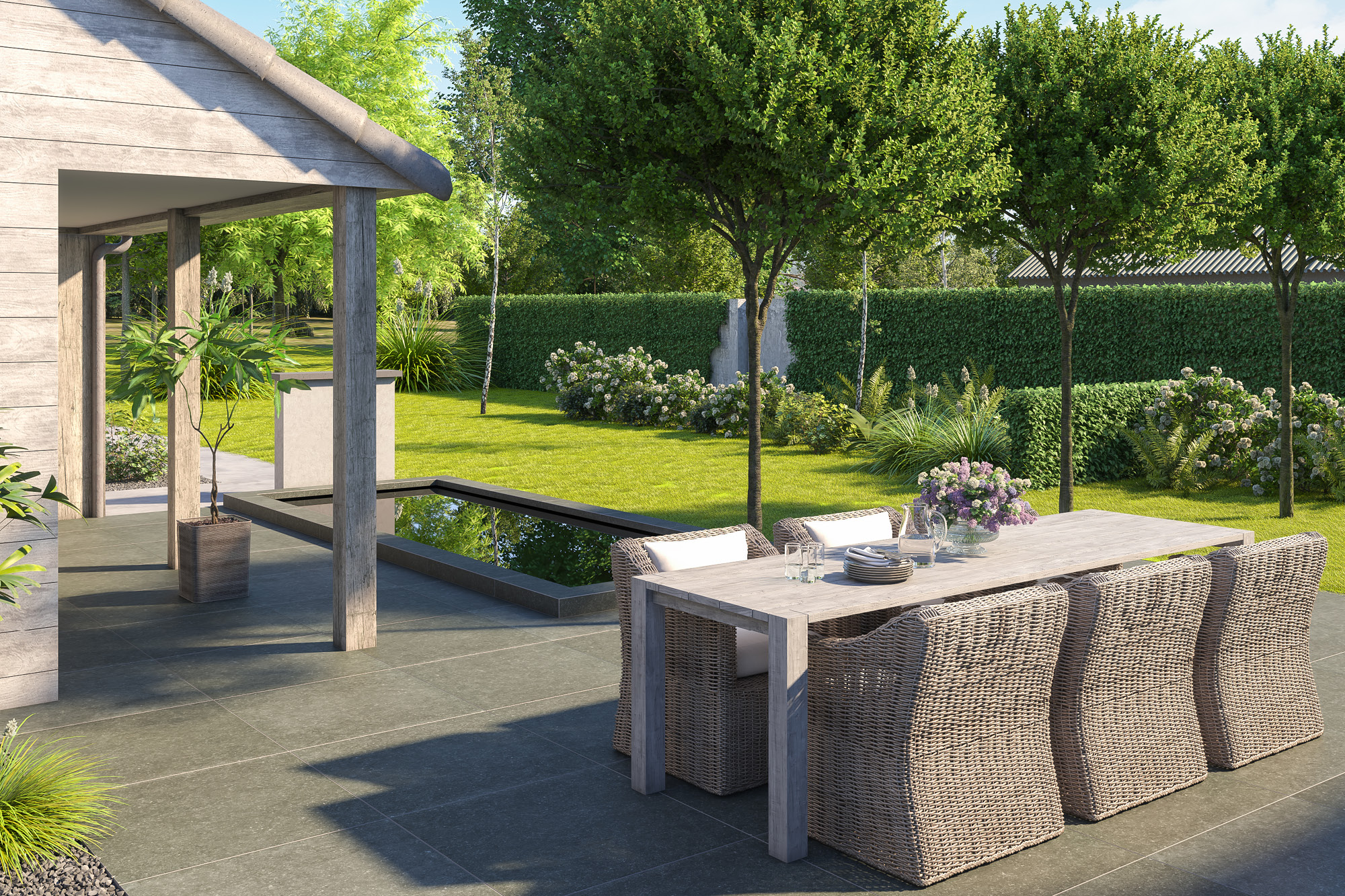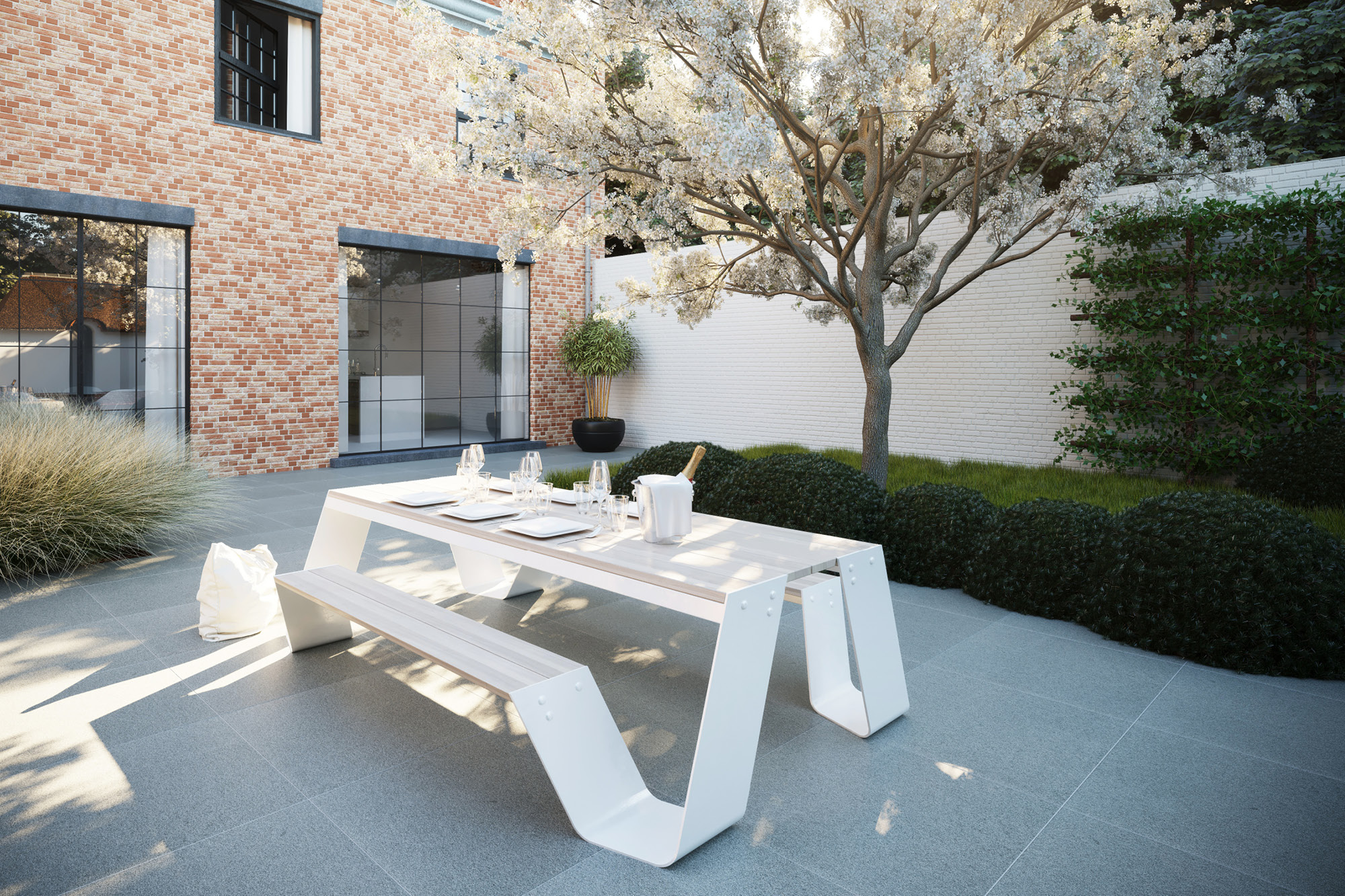How can you avoid damage to your terrace? Here are 7 causes that affect the loosening of terrace tilles due to frost damage and/or tensions.
Insufficient contact surface
Insufficient contact surface between the tiles and the substrate creates hollow spaces under the tiles. Water can get stuck here, which will freeze at freezing temperatures. The expansion associated with this will set the tiles loose.
You can avoid this by ensuring 100% contact surface between the tiles and substrate by using double bonding. This means both the substrate and the bottom of the tile get a layer of glue. Afterwards, you fix the tile with a sliding, pressing movement. This way, the tiles have enough glue and good adhesion is guaranteed.
The wrong comb
Using the wrong glue comb is also bad for your terrace. The tile size and the flatness of the substrate are important factors in choosing a glue comb. It is best to use a glue comb with teeth of a minimum of 10-12mm.
Moisture stuck under the tiles
Moisture that is stuck under the tiles will expand due to frost and cause damage to the tile surface. It is therefore necessary to avoid moisture finding its way into the underlying layers of your terrace. You do this by providing drainage under the screed with a drain mat. Or you can seal the moisture just below the tile using an uncoupling membrane.
Perforations in the moisture seal
Perforations in the moisture seal also cause moisture in the substrate with all its consequences. Never pierce your moisture seal.
Missing or incorrect expansion joints
Due to missing or incorrect expansion joints, the substrate lacks room for expansion. However, this is essential for terraces that often have to deal with extreme temperature differences.
Where do you always place expansion joints?
1. Between the terrace and the home
2. Circumference joints around your terrace
3. In the surface of your terrace subdivided into square surfaces of maximum 4x4 metres or 3x3 metres on the south side.
4. Depending on the colour (light or dark) of your tiles and the orientation to the sun, you must have expansion joints of 5 to 10 metres.
Deviating tile bonds
Deviating tile bonds on your terrace are more likely to cause damage. Are you still in for staggered or diagonal bonds? In that case, make sure you foresee uncoupling between the screed and the tiles.
Not using quality products
Not using quality products also influences the lifetime of your terrace. The adhesive strength of the tile glue is a first important factor. The deformability also determines how great the stresses in the substrate will be. At Impermo, we recommend Tilestone Ecoflex Ultra S1 to ensure this flexibility. Use a wear-resistant and water-resistant grout, such as Mapei Ultracolor Plus, to make your joints.











